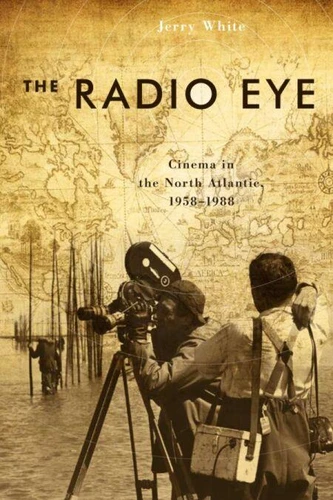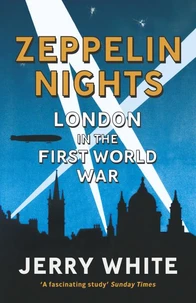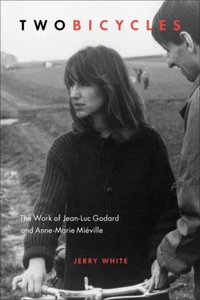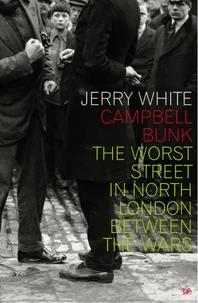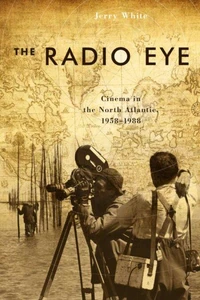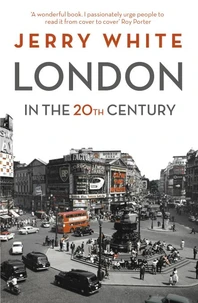The Radio Eye. Cinema in the North Atlantic, 1958 - 1988
Par :Formats :
Disponible dans votre compte client Decitre ou Furet du Nord dès validation de votre commande. Le format ePub est :
- Compatible avec une lecture sur My Vivlio (smartphone, tablette, ordinateur)
- Compatible avec une lecture sur liseuses Vivlio
- Pour les liseuses autres que Vivlio, vous devez utiliser le logiciel Adobe Digital Edition. Non compatible avec la lecture sur les liseuses Kindle, Remarkable et Sony
 , qui est-ce ?
, qui est-ce ?Notre partenaire de plateforme de lecture numérique où vous retrouverez l'ensemble de vos ebooks gratuitement
Pour en savoir plus sur nos ebooks, consultez notre aide en ligne ici
- Nombre de pages285
- FormatePub
- ISBN978-1-55458-299-0
- EAN9781554582990
- Date de parution17/11/2009
- Protection num.Digital Watermarking
- Taille18 Mo
- Infos supplémentairesepub
- ÉditeurWilfrid Laurier University Press
Résumé
The Radio Eye: Cinema in the North Atlantic, 1958-1988, examines the way in which media experiments in Quebec, Newfoundland, the Faroe Islands, and the Irish-Gaelic-speaking communities of Ireland use film, video, and television to advocate for marginalized communities and often for "smaller languages." The Radio Eye is not, however, a set of isolated case studies. Author Jerry White illustrates the degree to which these experiments are interconnected, sometimes implicitly but more often quite explicitly.
Media makers in the North Atlantic during the period 1958-1988 were very aware of each other's cultures and aspirations, and, by structuring the book in two interlocking parts, White illustrates the degree to which a common project emerged during those three decades. The book is bound together by White's belief that these experiments are following in the idealism of Soviet silent filmmaker Dziga Vertov, who wrote about his notion of "the Radio Eye." White also puts these experiments in the context of work by the Cuban filmmaker and theorist Julio García Espinosa and his notion of "imperfect cinema, " Jürgen Habermas and his notions of the "public sphere, " and Édourard Glissant's ideas about "créolité" as the defining aspect of modern culture.
This is a genuinely internationalist moment, and these experiments are in conversation with a wide array of thought across a number of languages.
Media makers in the North Atlantic during the period 1958-1988 were very aware of each other's cultures and aspirations, and, by structuring the book in two interlocking parts, White illustrates the degree to which a common project emerged during those three decades. The book is bound together by White's belief that these experiments are following in the idealism of Soviet silent filmmaker Dziga Vertov, who wrote about his notion of "the Radio Eye." White also puts these experiments in the context of work by the Cuban filmmaker and theorist Julio García Espinosa and his notion of "imperfect cinema, " Jürgen Habermas and his notions of the "public sphere, " and Édourard Glissant's ideas about "créolité" as the defining aspect of modern culture.
This is a genuinely internationalist moment, and these experiments are in conversation with a wide array of thought across a number of languages.
The Radio Eye: Cinema in the North Atlantic, 1958-1988, examines the way in which media experiments in Quebec, Newfoundland, the Faroe Islands, and the Irish-Gaelic-speaking communities of Ireland use film, video, and television to advocate for marginalized communities and often for "smaller languages." The Radio Eye is not, however, a set of isolated case studies. Author Jerry White illustrates the degree to which these experiments are interconnected, sometimes implicitly but more often quite explicitly.
Media makers in the North Atlantic during the period 1958-1988 were very aware of each other's cultures and aspirations, and, by structuring the book in two interlocking parts, White illustrates the degree to which a common project emerged during those three decades. The book is bound together by White's belief that these experiments are following in the idealism of Soviet silent filmmaker Dziga Vertov, who wrote about his notion of "the Radio Eye." White also puts these experiments in the context of work by the Cuban filmmaker and theorist Julio García Espinosa and his notion of "imperfect cinema, " Jürgen Habermas and his notions of the "public sphere, " and Édourard Glissant's ideas about "créolité" as the defining aspect of modern culture.
This is a genuinely internationalist moment, and these experiments are in conversation with a wide array of thought across a number of languages.
Media makers in the North Atlantic during the period 1958-1988 were very aware of each other's cultures and aspirations, and, by structuring the book in two interlocking parts, White illustrates the degree to which a common project emerged during those three decades. The book is bound together by White's belief that these experiments are following in the idealism of Soviet silent filmmaker Dziga Vertov, who wrote about his notion of "the Radio Eye." White also puts these experiments in the context of work by the Cuban filmmaker and theorist Julio García Espinosa and his notion of "imperfect cinema, " Jürgen Habermas and his notions of the "public sphere, " and Édourard Glissant's ideas about "créolité" as the defining aspect of modern culture.
This is a genuinely internationalist moment, and these experiments are in conversation with a wide array of thought across a number of languages.

